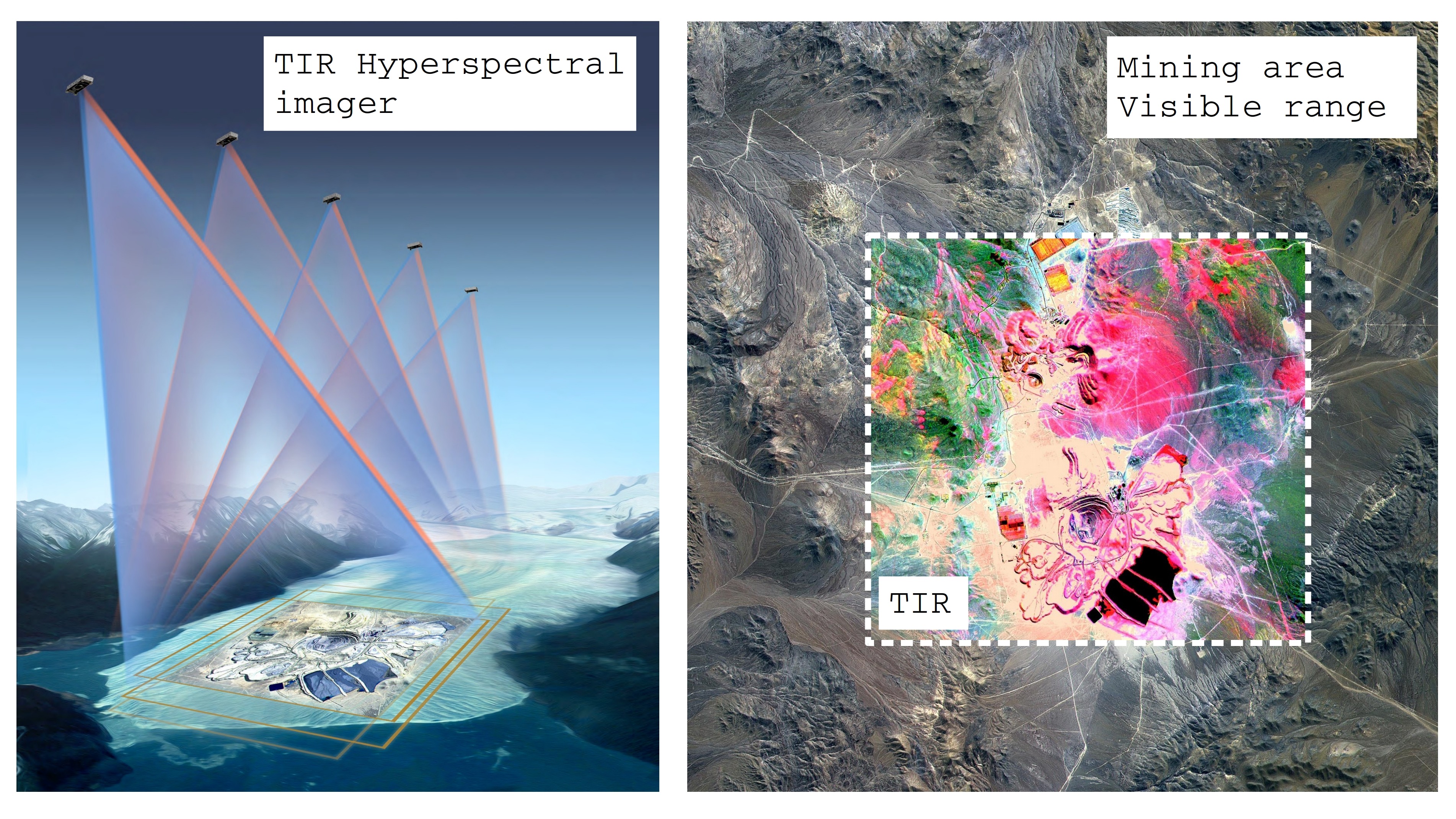In the current project we have developed an innovative system for the acquisition of hyperspectral images in the thermal infrared. The activity was performed by CNR (contractor), NIREOS (subcontractor) and BBT (subcontractor).
We manufactured a birefringent interferometer based on the innovative calomel crystal. The final outcome of the project is a prototype hyperspectral camera fulfilling all the promised requirements. In particular the camera has spectral coverage of 3-16 um; spectral resolution of 4.2 cm-1, and interferometric contrast larger than 91.8%. These performances constitute a relevant improvement with respect to existing systems.
The results of the tests demonstrate that all the objectives of the study have been achieved. Further development will call for optimization of the interferometer throughput by the deposition of antireflection coating, selection of a suitable detector (micro-bolometer or MCT), realisation of a final imaging telescope, design of the calibration unit.
Many applications in remote sensing and imaging require measurement of the light spectrum in the thermal infrared (TIR) range (3 to 14 micron) which is resonant with vibrational transitions of molecules, providing a fingerprint which uniquely identifies them. Examples are monitoring of mining areas and wildfires, detection of illegal dumps and asbestos, identification of plastic patches, ghost nets and marine pollution. Current spaceborne TIR imagers use bandpass filters and acquire maps only at a discrete number of predefined wavelengths, which limits the capability of chemical identification. We propose a hyperspectral imager which is able to acquire the continuous TIR spectrum, greatly broadening the set of applications. It will obtain spectral information by Fourier Transform (FT) spectroscopy, an interferometric technique which offers flexible spectral resolution and higher throughput with respect to dispersion and bandpass-based imagers. For the FT module we will use the innovative common-path birefringent interferometer (TWINS) that we developed and patented. Our TWINS FT spectrometer has light weight (few-kg mass) and ultracompact volume (<1 dm3), and is hence orders of magnitude smaller and lighter than spaceborne interferometers. Despite this, it has incomparable robustness and long-term stability against vibrations and accelerations. TWINS is commercialized by the spin-off company NIREOS for ground-based hyperspectral imaging in the visible and near-IR. The spectral coverage of TWINS will be extended to the TIR thanks to the use of single-crystal calomel (Hg2Cl2), an innovative birefringent material developed by the SME BBT-Materials Processing, and transparent from 0.4 to 17 micron. The calomel-based FT interferometer will enable miniaturised, cost-effective, robust, stable and flexible hyperspectral imaging from visible to TIR, with maximum spectral resolution of 3cm-1, corresponding to 0.1nm in the visible and 10 nm in the TIR.

